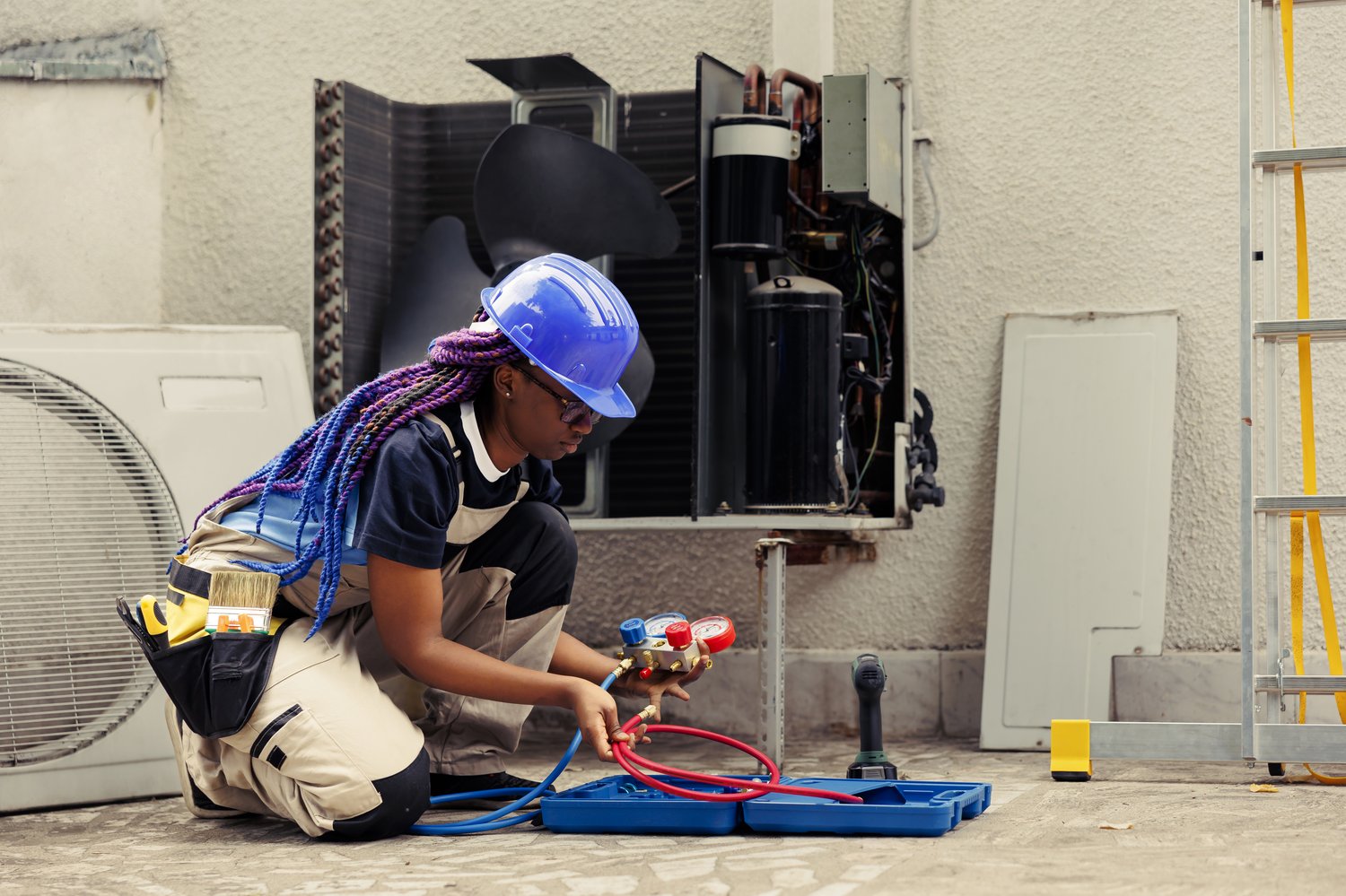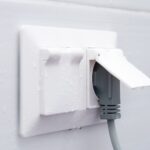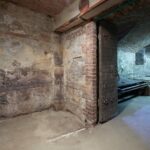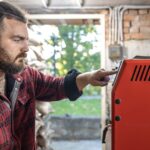A sudden failure of your HVAC system can turn a comfortable environment into a challenging situation. Whether it’s in the midst of a busy kitchen or the serene surroundings of your home, knowing how to quickly address common HVAC issues is pivotal. This guide aims to equip you with essential quick fixes to minimize downtime and get your system back up and running efficiently.
- Understand key common issues that frequently cause HVAC systems to malfunction, saving precious time in diagnosis.
- Explore straightforward checks for your thermostat and power supply that can often solve problems without complex repairs.
- Delve into practical troubleshooting techniques that target typical failures like clogged filters and tripped breakers.
By mastering these emergency repair strategies, you’ll enhance your ability to maintain a functional HVAC system, ensuring comfort and efficiency in any environment. Dive into the full article to discover actionable insights and share your own maintenance tips with fellow readers.
Identifying Common Issues in HVAC Emergency Repair: Quick Fixes When Your System Stops Working
When your HVAC system unexpectedly stops working, identifying the root cause swiftly is essential to initiating repairs and minimizing discomfort. Many common HVAC problems can halt the entire system, demanding immediate attention.
Frequent issues may include thermostat malfunctions, power supply interruptions, or mechanical wear and tear. Recognizing these symptoms early can streamline the repair process, allowing you to focus efforts on the most pressing matters.
Prompt identification not only reduces downtime but also prevents potential secondary damage to your system. Understanding the usual suspects in HVAC failures can empower you to address them effectively, ensuring your HVAC system remains reliable and efficient.
Checking Thermostat and Power Supply
The thermostat plays a pivotal role in HVAC operations, and any inconsistencies in its settings can lead to unexplained shutdowns. Begin by examining the thermostat to confirm it is set to the correct mode, whether heating or cooling, and verify that the temperature settings align with your desired comfort level.
If the thermostat settings are correct, inspect the power supply. Ensure it is securely connected and inspect the circuit breaker for any trips. Often, these fundamental checks can resolve an array of HVAC issues, negating the need for complex diagnostics or professional intervention.
The power supply is the lifeline of your HVAC system, and ensuring its proper connection can expedite recovery from a breakdown. By addressing thermostat and power supply concerns promptly, you can often restore full functionality, helping maintain a comfortable environment.
Quick Troubleshooting for HVAC Emergency Repair: Quick Fixes When Your System Stops Working
If your HVAC system unexpectedly stops working, it can disrupt your comfort and operation considerably. Knowing how to perform quick troubleshooting can save time and prevent further complications. Here, we discuss essential steps to get your system back on track.
One of the first things to check is the HVAC filter. Dirty or clogged filters obstruct airflow, causing the system to overheat and shut down. Regularly inspecting and replacing filters is a simple and effective way to maintain optimal performance.
Examine the circuit breakers next. A tripped breaker might be the culprit behind the sudden malfunction. Carefully inspect and reset any tripped breakers to reinitiate power flow to your HVAC system.
Incorrect thermostat settings can also result in unexpected shutdowns. Verify that the thermostat is set to the desired temperature and is in proper cooling or heating mode.
Moreover, check for any loose connections or damaged wires in the system. Electrical issues often lead to operational failure. Ensure all connectors are secure and wires are intact to prevent breakdowns.
If these quick fixes do not resolve the problem, it might be time to contact a professional. They can offer more advanced solutions for persistent issues.
Frequently Asked Questions on HVAC Emergency Repairs
What should I do first when my HVAC system stops working?
Check the thermostat settings and ensure the power supply is connected.
How can I identify common HVAC issues?
Look for signs like unusual noises, inadequate cooling or heating, and irregular cycling.
Why is my HVAC system making strange noises?
Noises could indicate loose parts or motor issues; inspect and tighten components if needed.
What is a simple solution for an HVAC system not blowing air?
Check and replace clogged filters or reset any tripped breakers.
Can I resolve HVAC issues without professional help?
Basic troubleshooting like checking thermostat settings and replacing filters can often be done independently.
When should I call a professional for HVAC repairs?
If basic troubleshooting doesn’t resolve the issue or if there are persistent problems, contact a professional.





